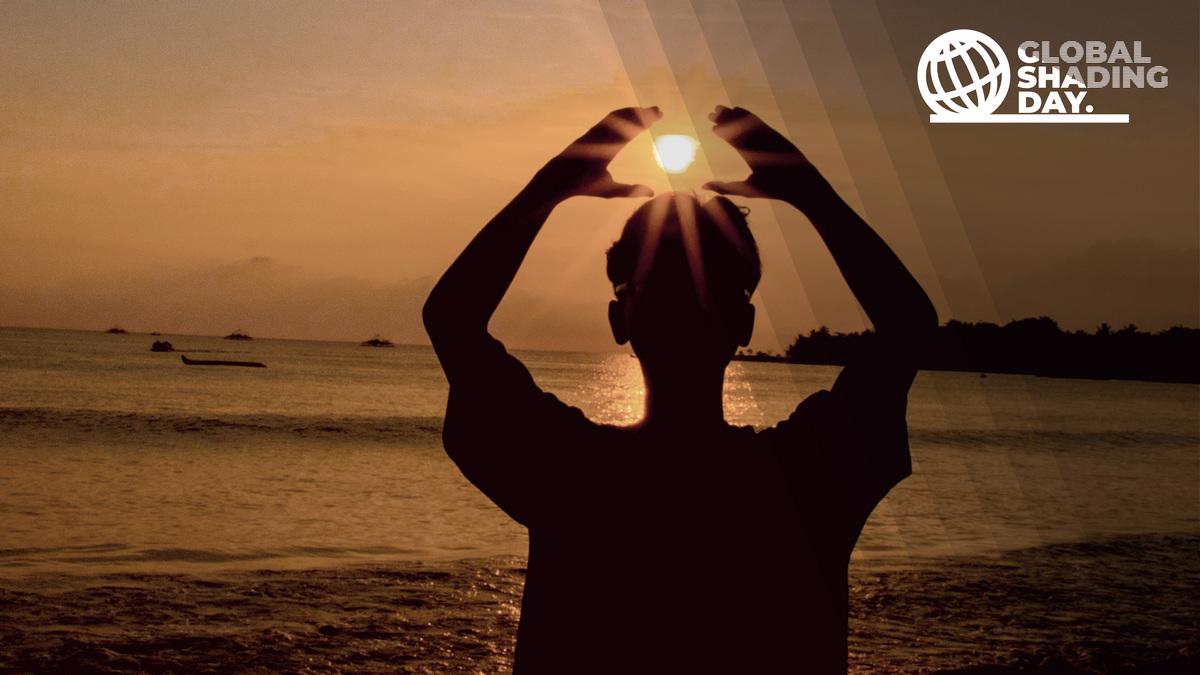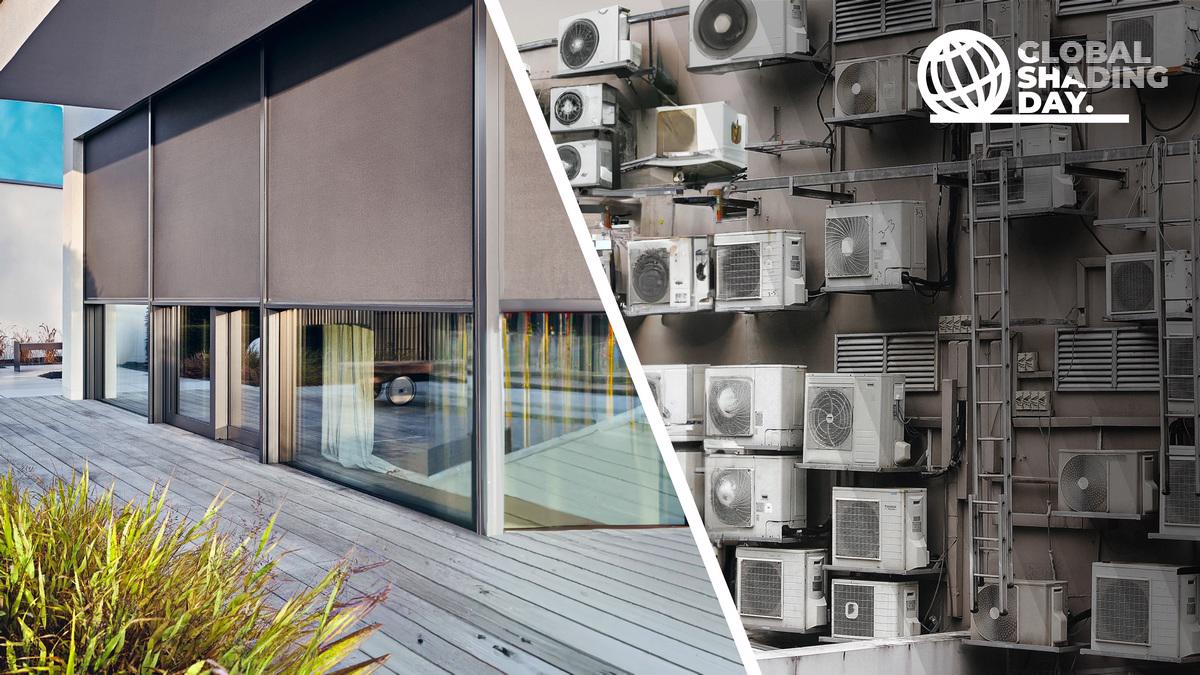The Day of the Shading Technique falls on the first day of spring
On March 21, 2023, the non-profit organization ES-SO (European Solar Shading Organization) announces the first "Global Shading Day". The aim is to make the public and politicians at the highest level aware of the human, ecological and economic benefits of shading techniques. The introduction of standards in building legislation would be a logical step at a time when climate change has been irreversibly accelerating.

Of course, we celebrate the spring sun on March 21, but more than ever we are also aware of its dangers. The shading technology is becoming indispensable for protecting buildings from overheating, but also in the fight against global warming by limiting the use of energy-demanding air conditioners. ES-SO, taking patronage over the European field of shading technology, is therefore calling for more attention to be paid to shading technology, because the numbers could not be clearer.
A scientific study by Guidehouse1 showed that intelligent or dynamic shading technology could reduce CO2 emissions by up to 100 million tonnes, saving up to €285 billion. This represents a potential savings of up to 60% in the energy needed to cool buildings by 2050. Buildings are the biggest energy consumers in Europe today, accounting for 40% of energy consumption and 36% of greenhouse gas emissions. If we do nothing, climate change and heat waves will increase the number of buildings requiring air conditioning by the estimated 60%! You can read more about the study here.

It's high time for shading to become mandatory
The shading technology integrated into the building management system controls heat and light in an intelligent way. These are sustainable passive cooling systems that also allow residents to control the use of daylight. After all, daylight increases our sense of happiness and helps us concentrate and perform, but it can also be uncomfortable and even dangerous for the elderly if they overheat. That's why ES-SO advocates that shading technology be mandatory within the European Directive on the Energy Performance of Buildings (EPBD).
ES-SO → AEST → ISOTRA
ES-SO is a non-profit organization established under Belgian law that aims to promote the positive impact of shading on the management of the indoor climate of buildings, thus supporting the EU's ambitious energy efficiency goals. ES-SO is the European umbrella organization of professional organizations for shading technology.
AEST - Association of Entrepreneurs in Shading Technology is an independent body for communication about the field of shading technology in the Czech Republic, which aims to become a guarantor of professionalism in the shading technology market, to inform the public about the advantages of using quality shading technology, especially in terms of energy savings. AEST is a member of the pan-European association of shading technology ES-SO, with which it cooperates on transnational projects and on the support of the field of shading technology at the European level.
ISOTRA is a long-standing member of the AEST, participates in the union's educational activities, the aim of which is to constantly improve the level of employees in our field, it contributes professional publications to the magazine Shading and Door Techniques (SDT) and recently received the "Verified company in the field of shading technology" certificate which the association publishes annually.
